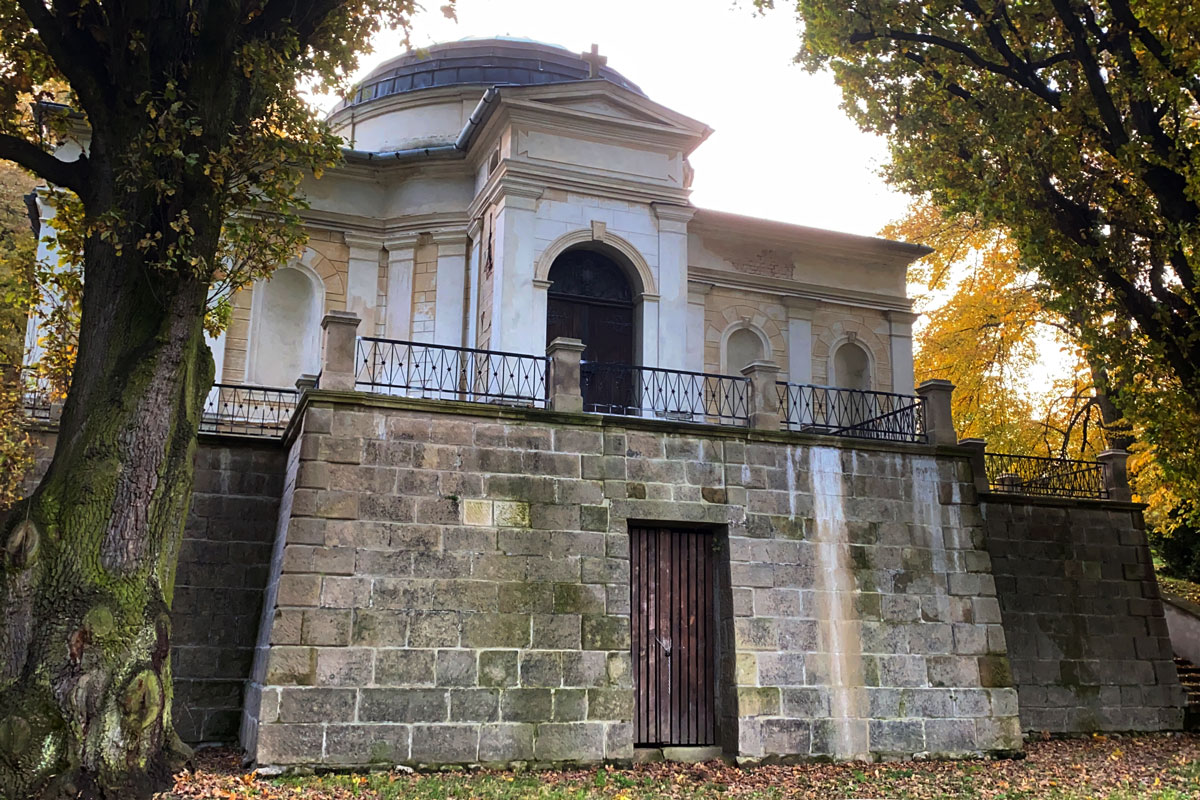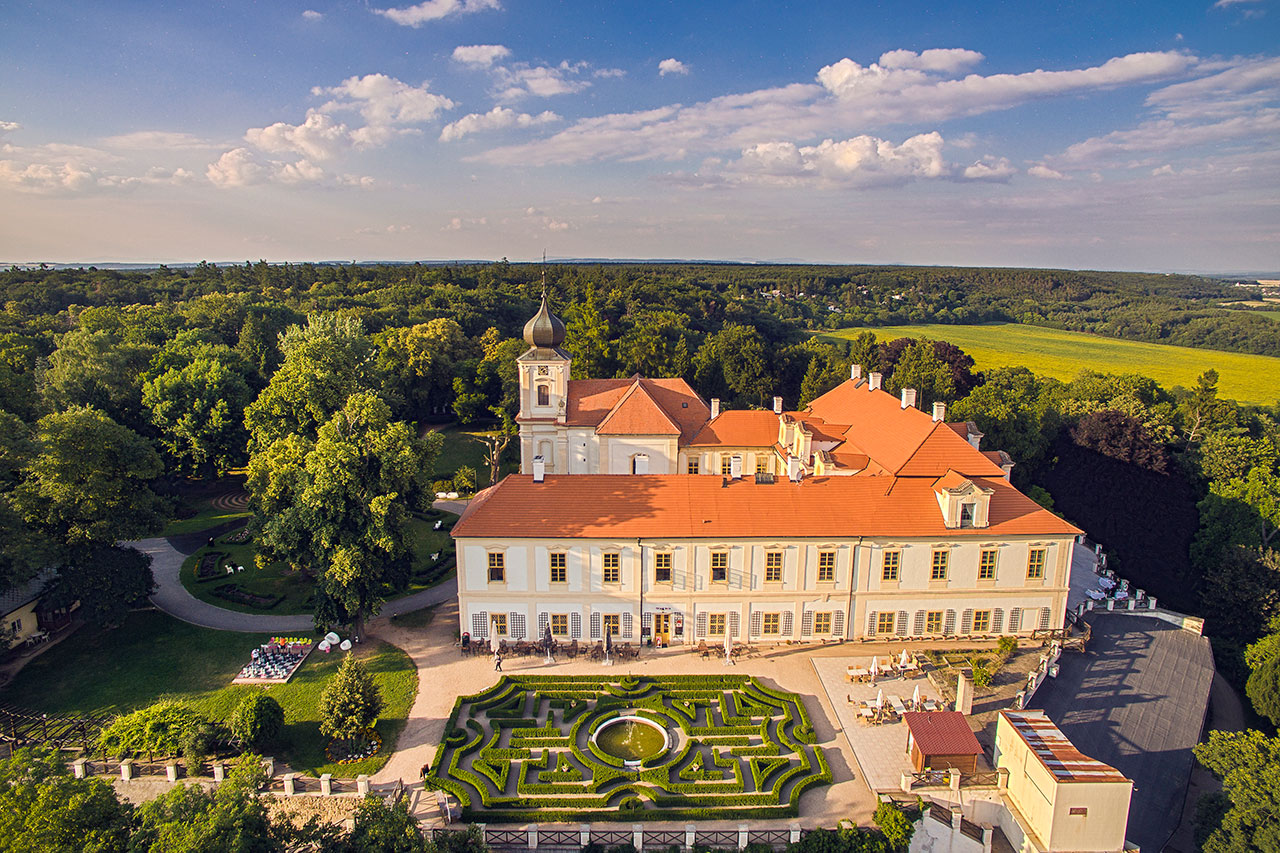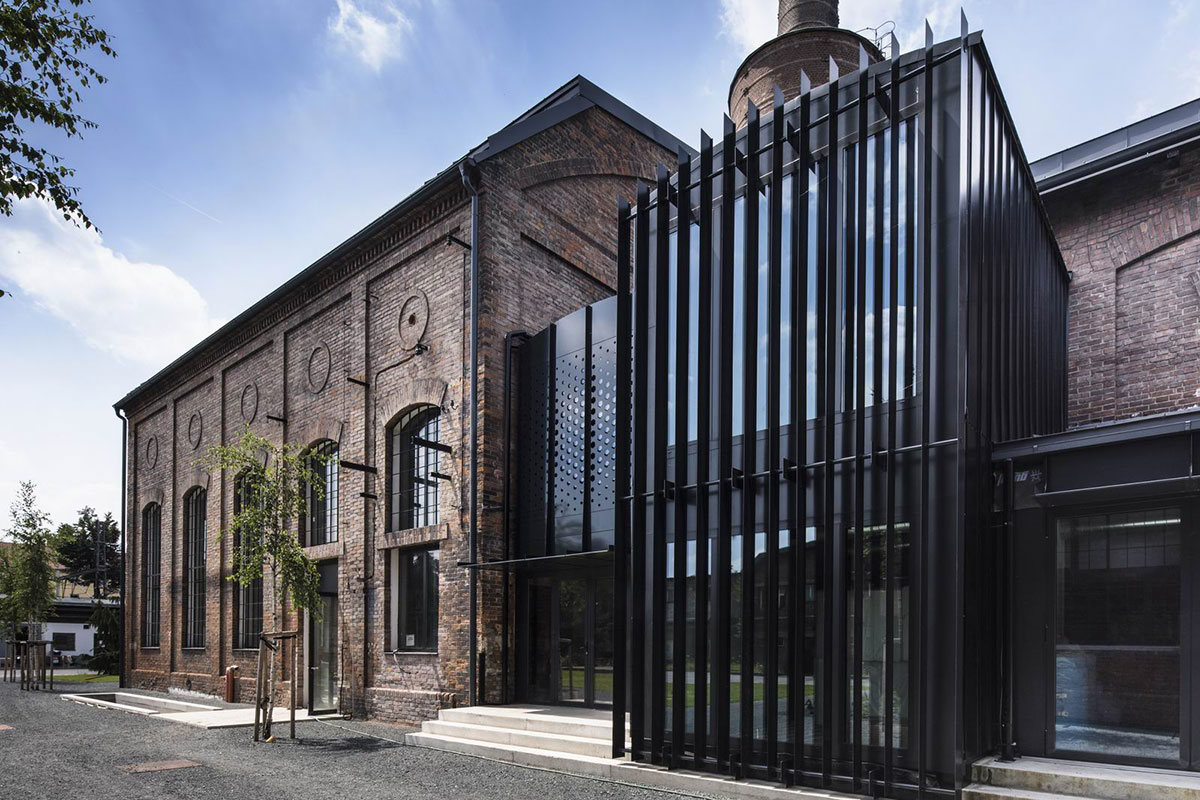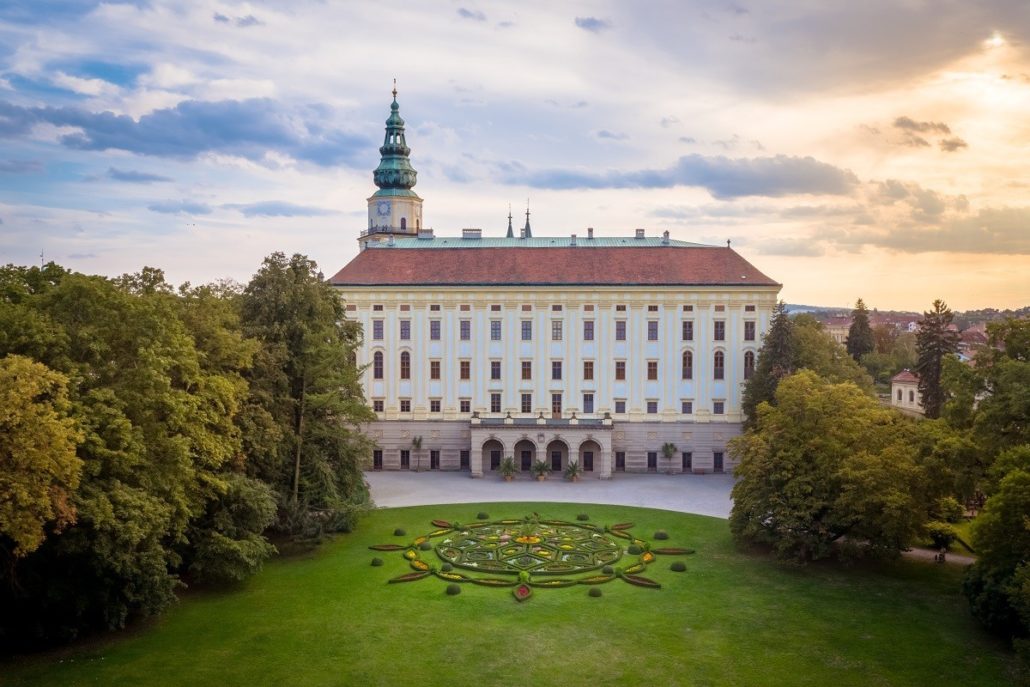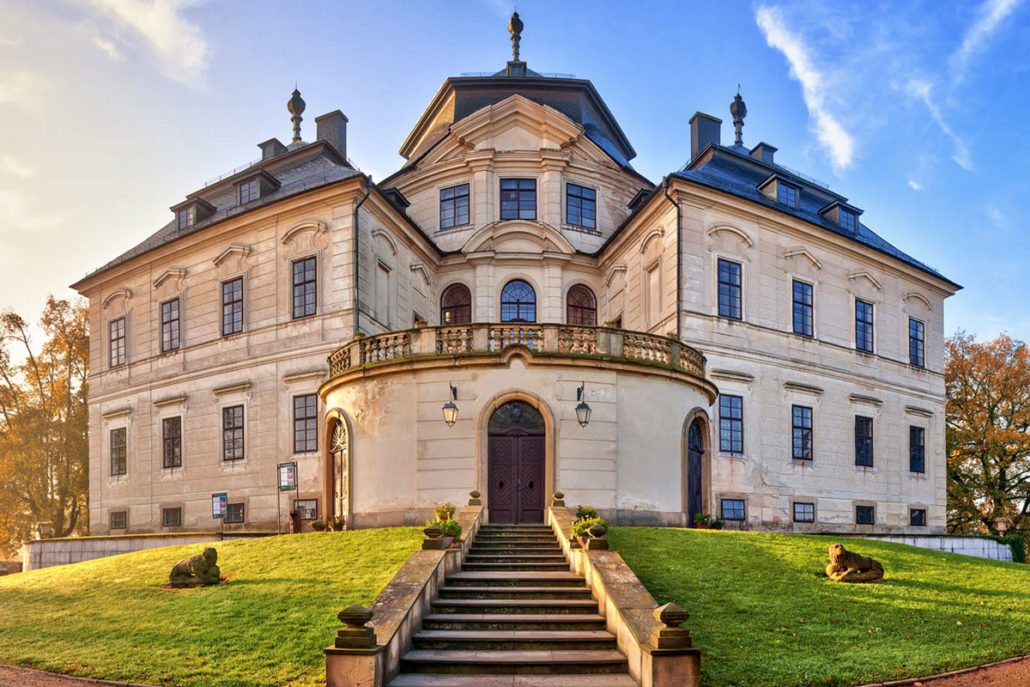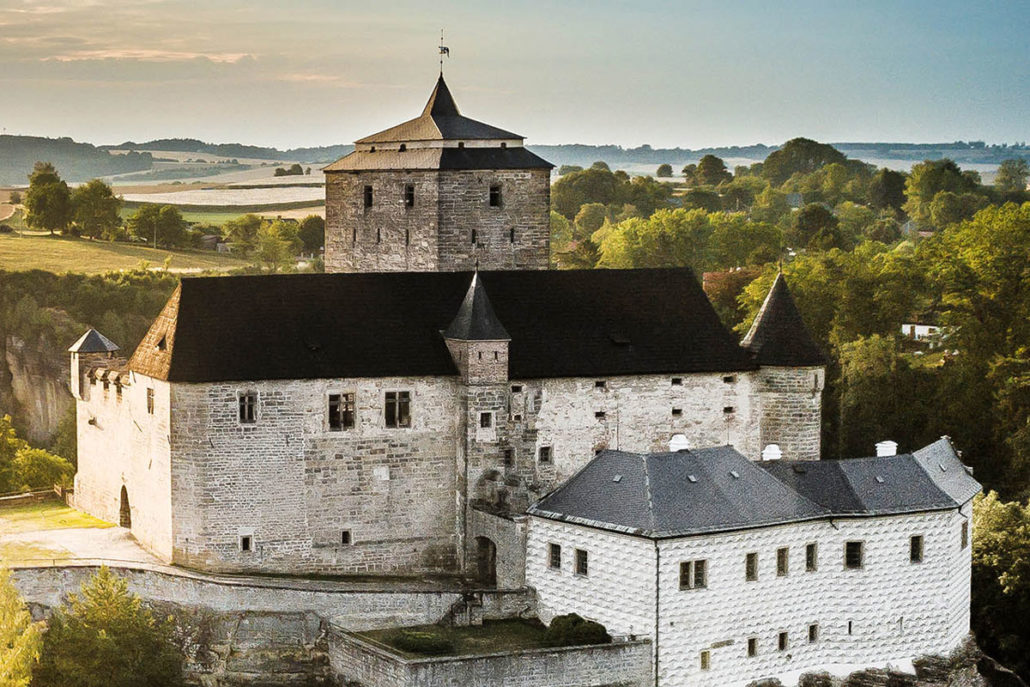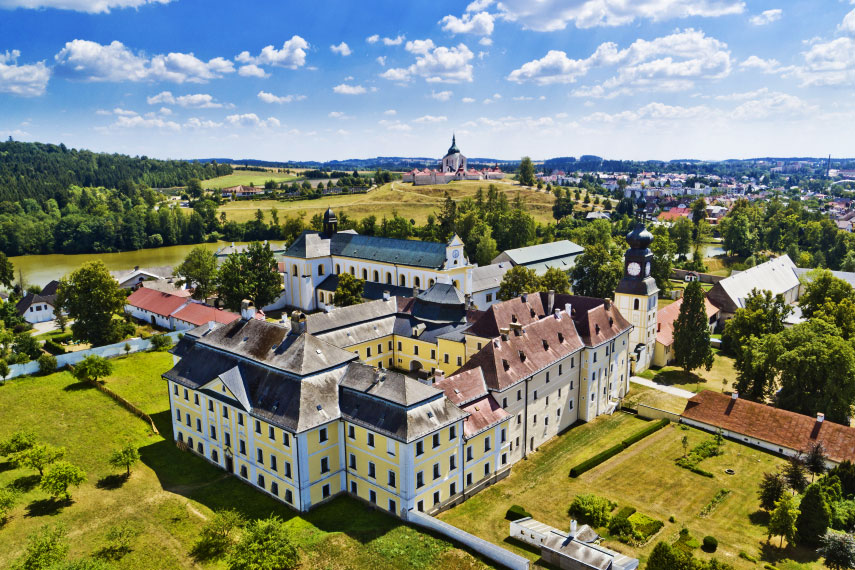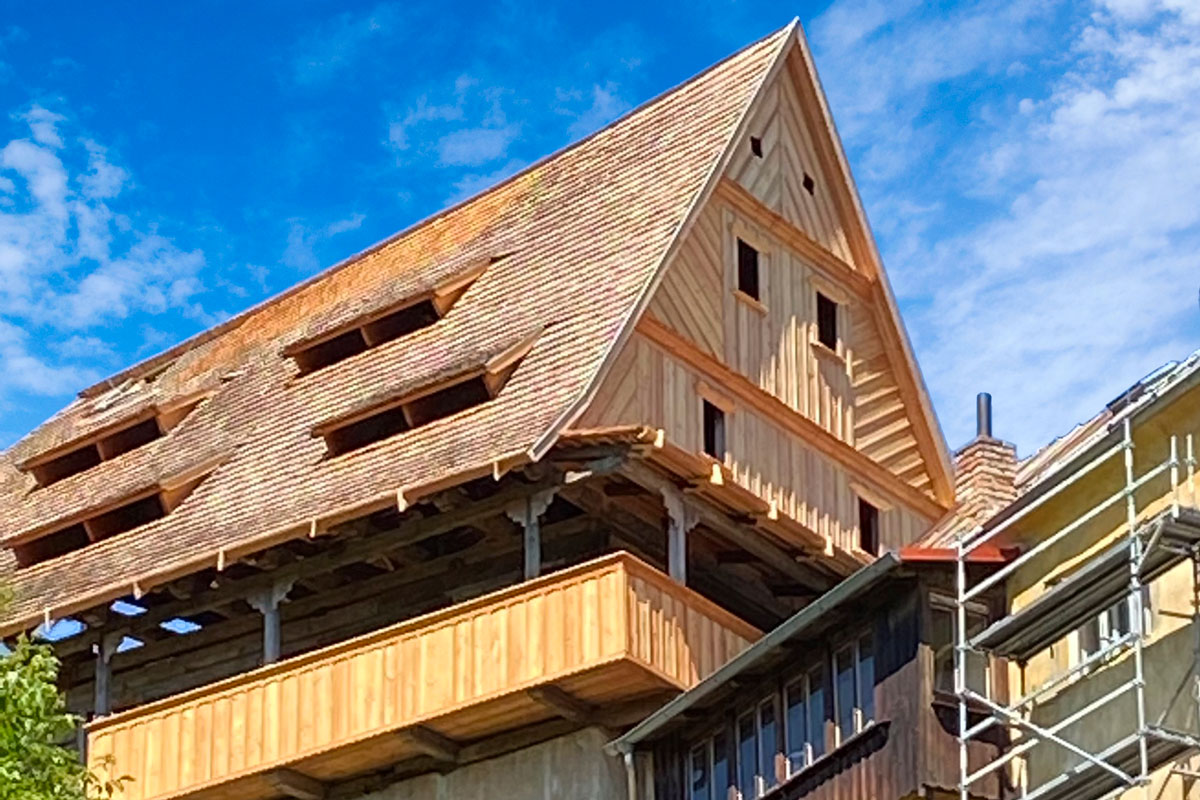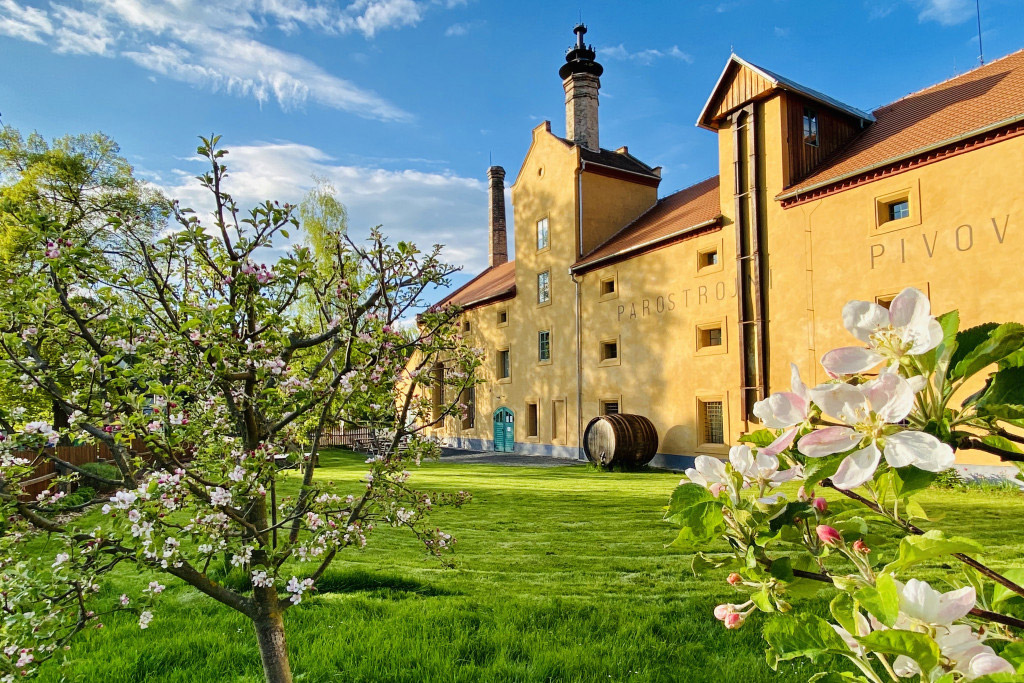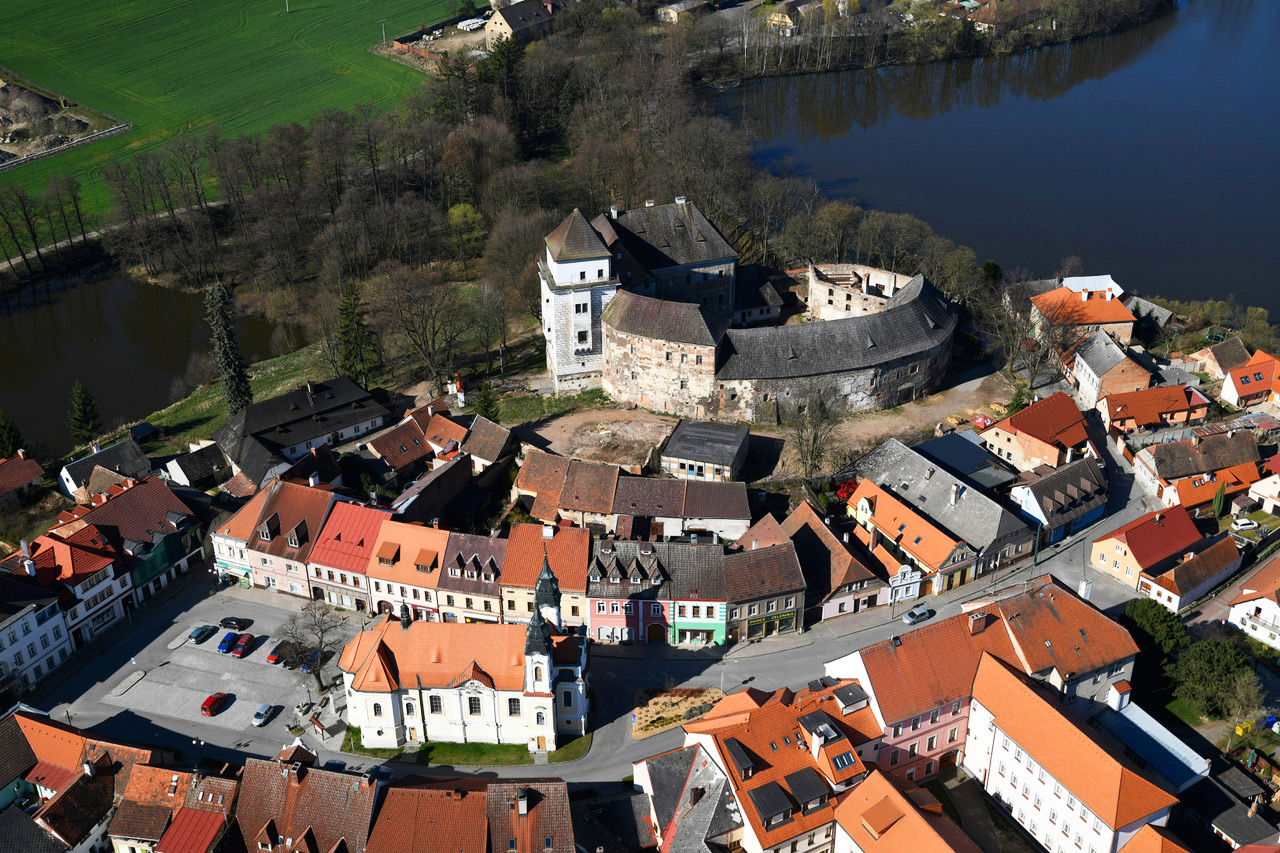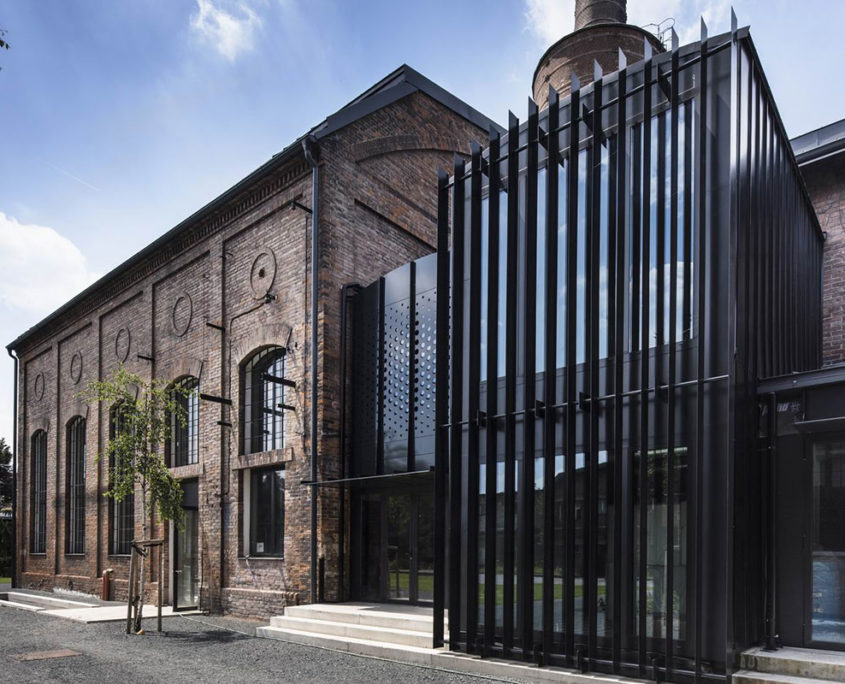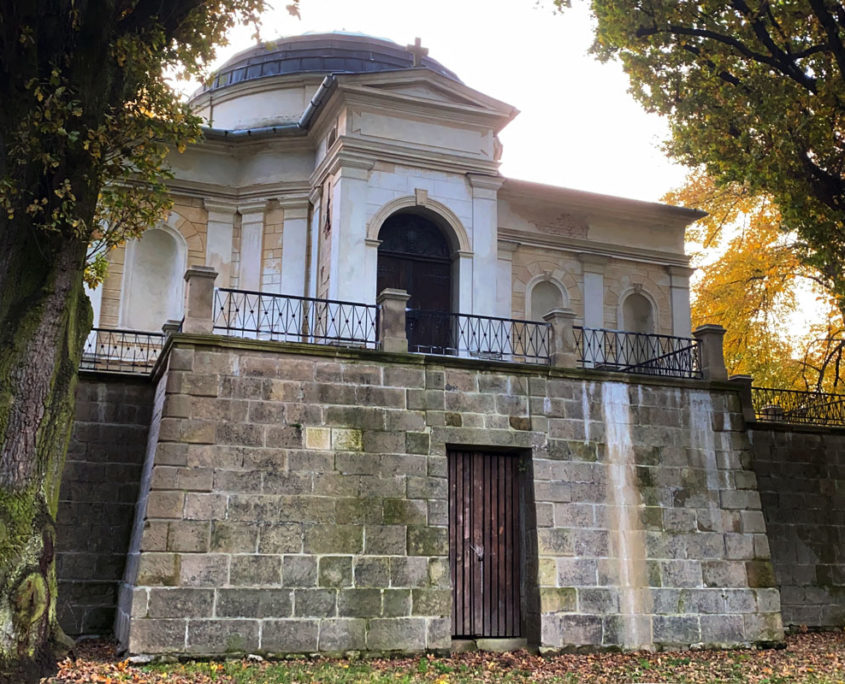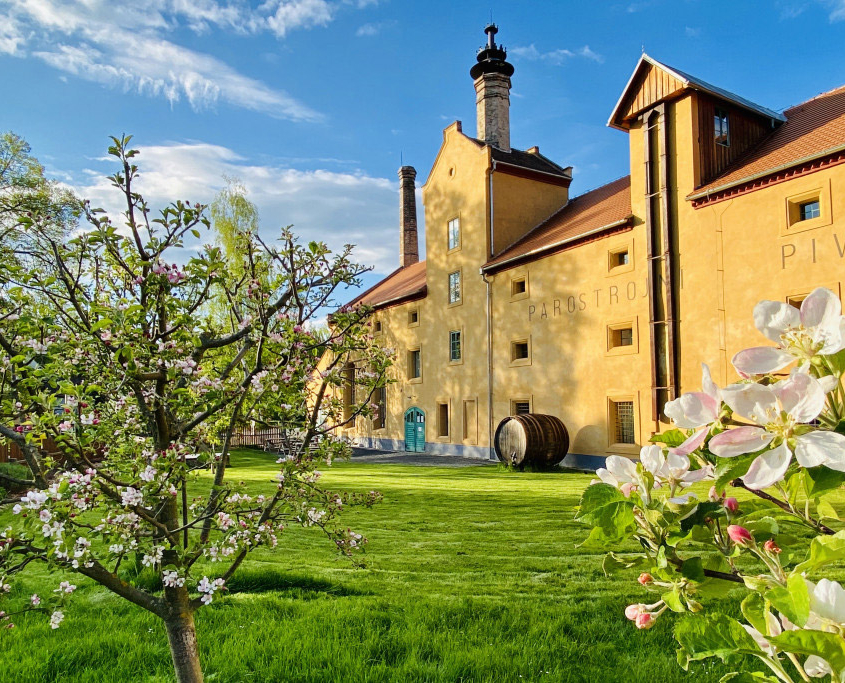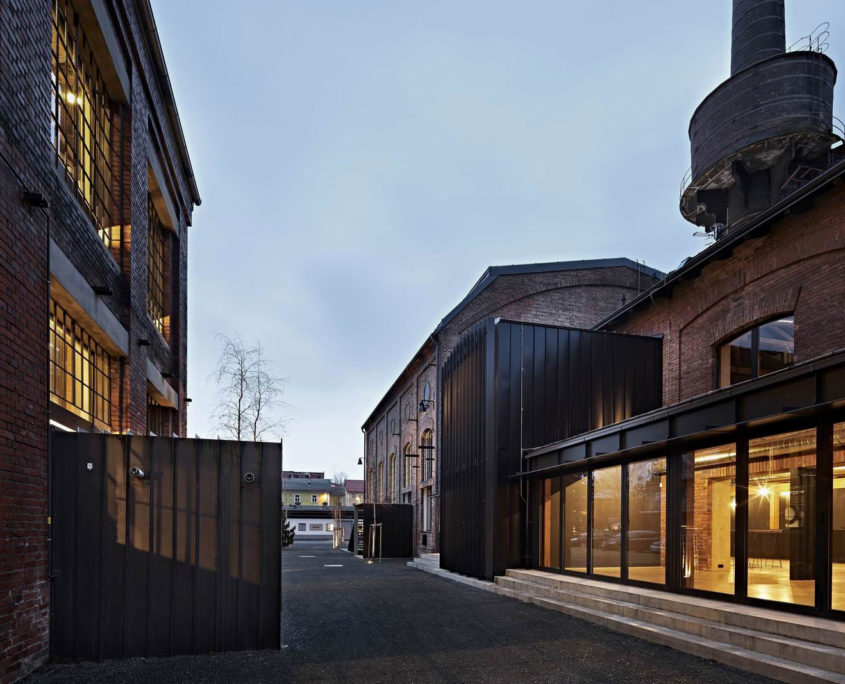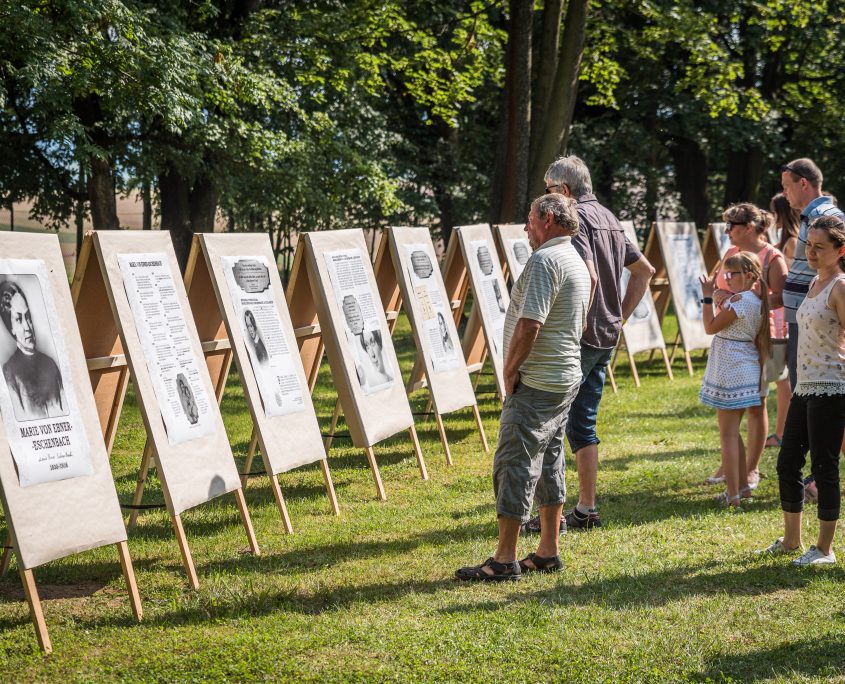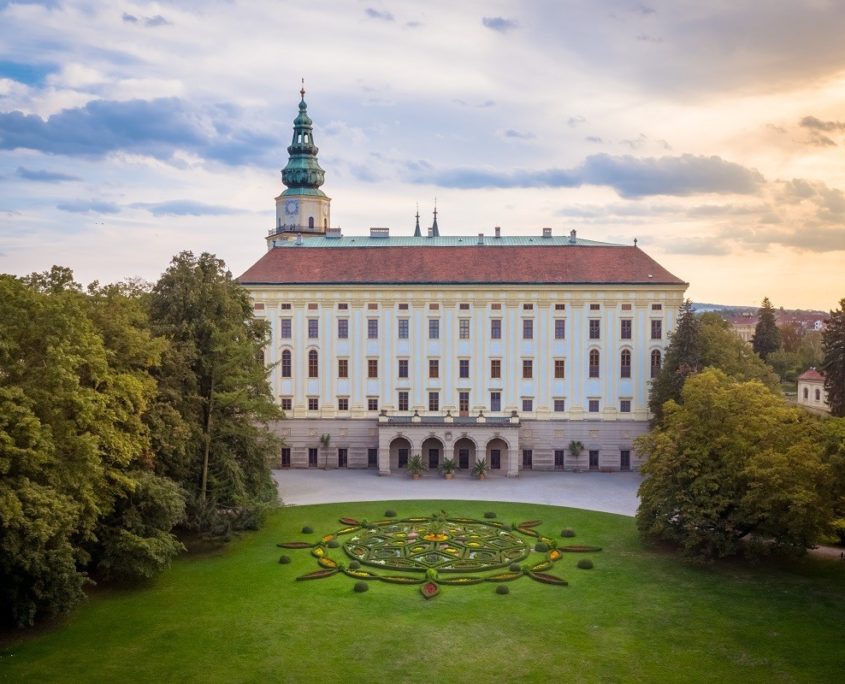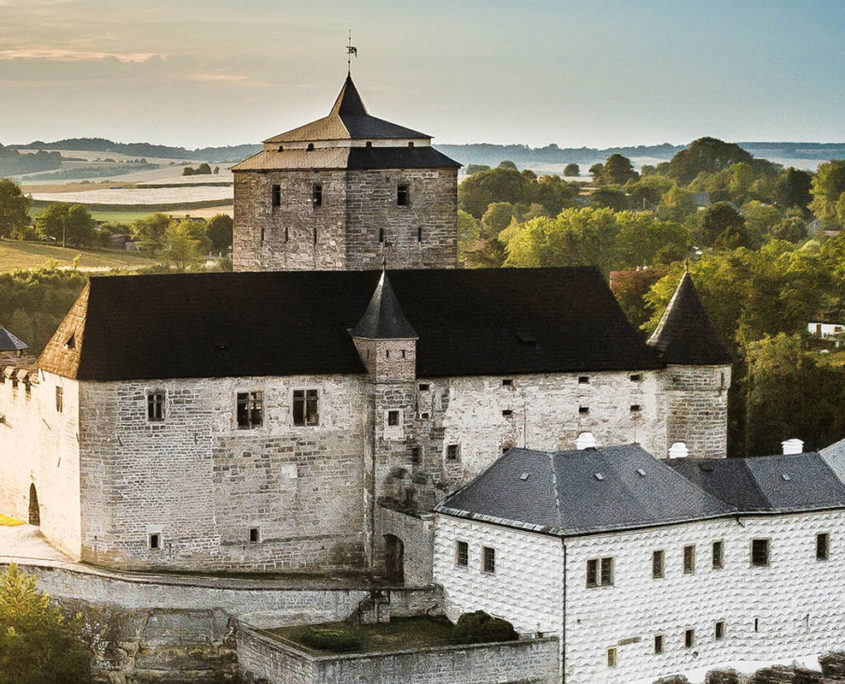INTO places
Where can I go?
All accessible places can be found on INTO Places. Below are places in the Czech Republic.
We will keep you informed about new places.
Monument to Marie von Ebner-Eschenbach
A remarcable 19.century classicist tomb with a beautiful chapel is located in the village of Zdislavice near Kroměříž. The place is unique due to its technical and architectural solutions, unique atmosphere and sensitive integration into the terrain with the far reaching views of the landscape. Marie von Ebner-Eschenbach is considered one of the most significant European literary figures of the 19th century. Twice nominated for the Nobel Prize in Literature, in 1910 and 1911, the first woman to receive a doctorate from the University of Vienna, a poet and philanthropist.
Open: April – October, every odd Saturday, or by agreement
Arrange at
intoplaces@czechnationaltrust.org
Loučeň Chateau
Loučeň Chateau is a romantic baroque chateau with original interiors. It was built on the site of a medieval fortress from the early 13th century. It is surrounded by a large English park, which boasts a unique European feature – a set of 12 labyrinths and mazes. The chateau has a rich history, offering interesting exhibitions and themed tours, special children’s tours, picnics in the chateau park, competitions and varied programmes during chateau festivities.
Open: The chateau complex is open daily 9:00 – 18:30, on Saturdays and Sundays 9:00 – 20:00. Classical tours of the chateau – daily (detailed schedule of tour times)
Coal Mill and Boiler Room Libčice nad Vltavou
Original reconstruction and conversion at the turn of the 19. and 20. century Boiler Room and Coal Mill into a multifunctional space for cultural, corporate and social events. Its ambition is to become the heart of the future artistic & cultural district in symbiosis with traditional craftsmanship and technological innovation. The building uniquely regenerates the once large industrial complex and returns it back to the local community. The project received many awards, including the National Prize for Architecture in 2013.
Open: by agreement
Arrange at
um@uhelnymlyn.cz
Kroměříž Chateau
The Baroque Archbishop’s Chateau in Kroměříž is one of the most important cultural monuments in Moravia. For centuries it has been the property of the bishops and archbishops of Olomouc, who used it as a representative residence and a place for important meetings and gatherings. The chateau is a National Cultural Monument. In 1998, the chateau and its gardens were officially inscribed on the UNESCO World Heritage List.
Open: The chateau gardens are open daily. 6 days a week from mid-March to December. (detailed opening hours)
Karlova Koruna Chateau
The first written mention of an aristocratic residence, a fortress in Chlumec nad Cidlinou dates back to 1424. At the beginning of the 16th century new Renaissance fortifications were added. At the beginning of the 17th century, the whole estate became the property of the Kinský family, in return for the support given by Václav Vchynský of Vchynice to Emperor Matthias in his battle with Rudolf I. When František Ferdinand Kinský inherited the estate, he began to think about a new building that would reflect the status of the family. The famous architects Jan Blazej Santini-Aichel and the builder Maximilian Kaňka were chosen for this project. In 1992 the property was returned to the Kinsky dal Borgo family. The family started to develop their property and searched all over the country for lost furnishings. A unique exposition was created, which deals with the history of the Kinsky family and the tradition of horse breeding.
Open: April-October (detailed schedule of tour times)
Kost Castle
The origin of the castle dates back to the 14th century, when Beneš of Vartemberk had a small wooden fortress with a defensive stone tower built on a rocky promontory in the middle of three valleys. In the middle of the 16th century Kryštof Popel Lobkowic acquired the castle. He had a brewery built, the Lobkowic Palace and other outbuildings fortified and added to the castle. The castle changed several owners, including the Černín family. The last modern owner of the castle was Anna Marie dal Borgo Netolická. After 1989 the property was returned in restitution to Giovanni Kinský dal Borgo, the eldest son of Norbert Kinský and Anna Maria dal Borgo-Netolická. Today the castle has been completely restored thanks to European funds (IROP programme).
Open: April-October (detailed schedule of tour times)
Žďár nad Sázavou Chateau
The Žďár nad Sázavou Chateau is a former Cistercian monastery from the 13th century and has lived a rich life for almost 800 years. Now a Baroque architectural jewel by Jan Blazej Santini, it is historically linked to the famous Green Mountain (UNESCO World Heritage Site). It boasts an incredible large-scale Baroque ceiling fresco, the Basilica of the Assumption of the Virgin Mary and St. Nicholas (which is the second largest cathedral nave in Moravia) and many modern attractions such as the interactive Museum of the New Generation – a gem among museums that will thrill children and adults alike and is perhaps the only museum whose aim is to drive the visitor out of the museum. The Kinsky family, the current owners of the chateau, really sensitively navigate history with the future and through a varied programme incorporate this incredible place into the life of the modern community and the surrounding landscape.
Open: chateau complex – all year round (detailed opening hours)
The Old Dye-Works in Úštěk
Dye-works dating back to 1705 in the cluster of “birdhouses” perched on a rocky promontory in the town of Úštěk, the smallest urban conservation area in the Czech Republic. The area is now known mainly for its hops, although cloth weaving as well as the associated dye trade played an important role in the town and its vicinity for many centuries. The Leitenbergers, a well-known family of textile entrepreneurs, originated from the nearby township of Levín. The preserved dyeing equipment is a unique find in Europe. A large amount of the building’s original structure, details, and architectural elements have remained, including a padding mangle and 19th century indigo dyeing vats. The building’s extremely high attic space was used for drying dyed fabrics. Underneath the building there is an unusual cellar carved out of the sandstone rock. The dye-works offers one of the best views of the city.
Open: by agreement + official guided tours
Arrange at
info@starabarvirna.cz
Renaissance Brewery Lobeč
A young couple of architects restored, revitalised and made part of the local community a ruin of the spectacular renaissance Brewery in Lobeč, an hour from Prague. In 2023 they received Europa Nostra Award for their inspirational work. The master brewer brewes six types of beer, the restaurant serves traditional Czech cuisine and one can stay in its converted rooms. There are regular concerts and exhibitions taking place. A must to visit!
Open: April-October (detailed schedule of tour times)
Rožmitál Chateau
Rožmitál Chateau is situated eighty kilometers southwest of Prague in Brdy mountain. It was founded as a mud castle in 13th century. It was a birthplace of prominent Czech queen Johana of Rožmitál, the wife of Hussite king George of Poděbrady. The Castle was rebuilt as a renaissance chateau in 16th century. The object is recently managed by a group of volunteers from the charitable society Rožmitálský zámek, z.s. which also organizes many cultural activities there.
Open: April – October, every Saturday from 10 am to 4 pm, or by agreement
Arrange at
info@rozmitalskyzamek.cz

